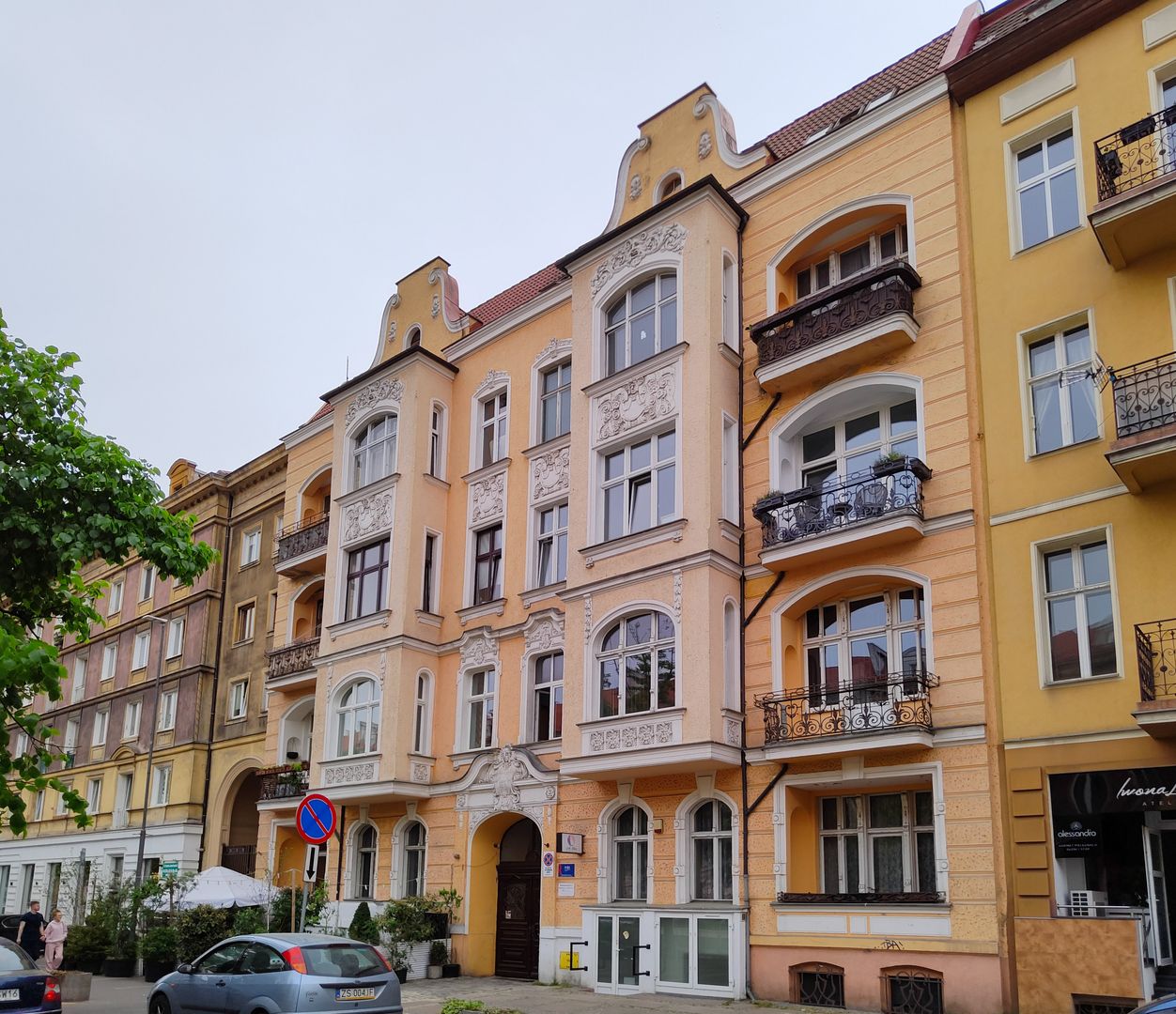Pope John Paul II Avenue in Szczecin
6.65

Overview
Pope John Paul II Avenue, located in Szczecin, is a representative part of the city, connecting the Polish Soldier Square with Wacław Felczak Street. Its history dates back to the 19th century when urban planner James Hobrecht designed the development of the area following the dismantling of Fort Wilhelm. Originally named Kaiser-Wilhelm-Straße, the street was one of the key elements of the new urban structure, featuring a wide strip of residential and service buildings. Luxurious tenement houses were erected along the avenue, and between 1924 and 1927, a Neo-Baroque building was constructed for the authorities of the Pomerania Province, which today serves as the seat of the Szczecin City Hall. World War II brought significant destruction, but after the war, the street was repopulated by Polish residents and renamed National Unity Avenue. In the 1950s, Socialist Realist residential blocks were introduced, altering the architectural character of this part of Szczecin. The modern avenue has gained a new appearance through renovations, such as the refurbishment of fountains and the creation of the Avenue of Fountains, which has become a meeting and strolling spot. Revitalized flower beds and elements of small architecture, such as benches and trash bins, give the avenue a contemporary feel. History and cultural references create a unique atmosphere of this place, which is now served by city bus lines. As an interesting fact, it is worth noting that in 2007, the avenue received its current name in honor of Pope John Paul II, highlighting its significance in the cultural and spiritual context of Szczecin. Other interesting features of the avenue include historic tenement houses that survived the war and are now protected. Today, the avenue remains an important element of public space, blending history with modernity and continuing to serve as the heart of urban life.
Location
Tickets
Powered by GetYourGuide
2025 Wizytor | All Rights Reserved